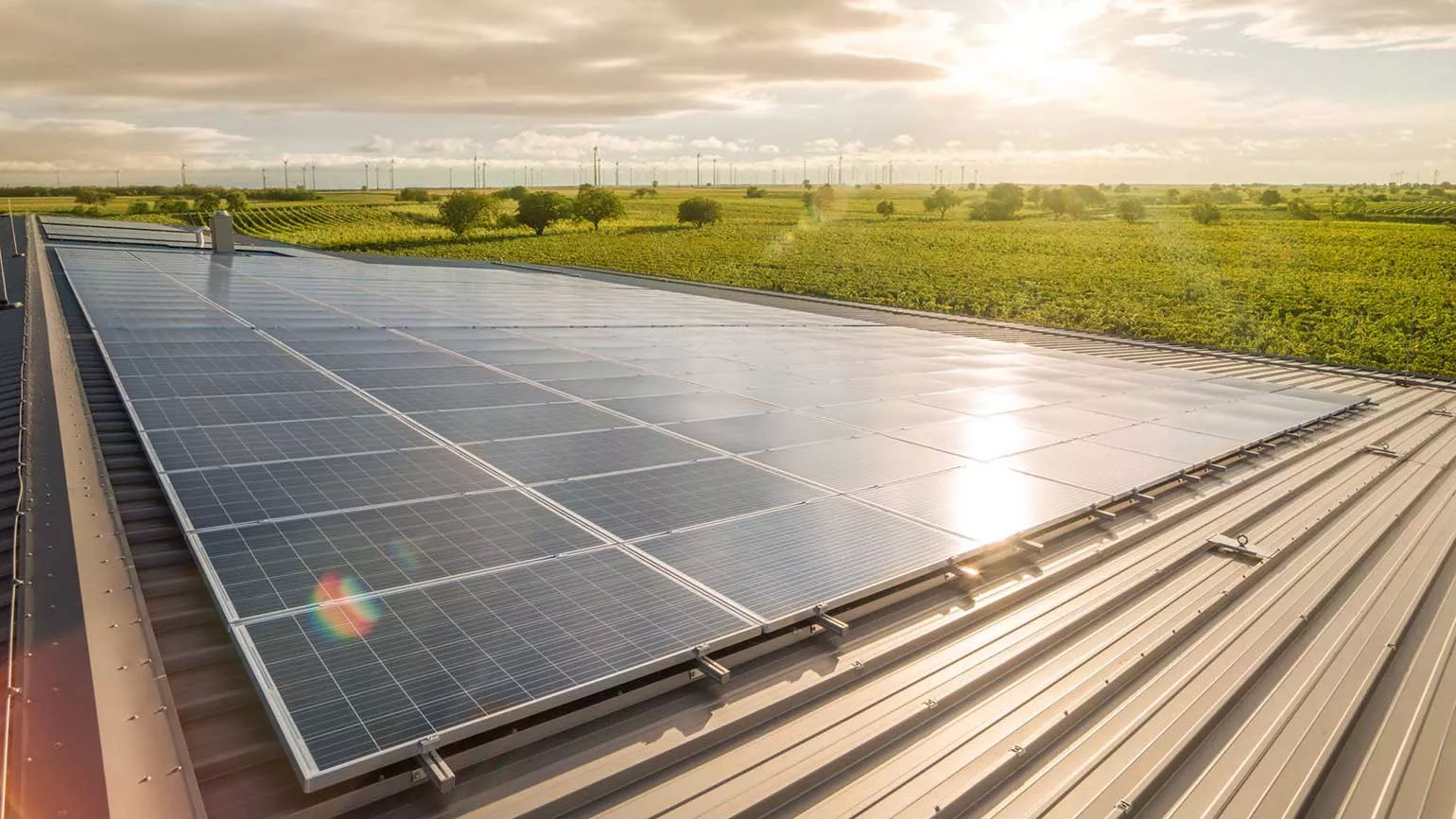Hi, I'm looking to expand my current installation with a 10kw Fronius hybrid inverter. And when I look at the technical specifications, we have four inputs, one for the battery and three string inputs divided into 2 MPPT's. MPPT 1 is 25A and MPPT 2 is 12.5A.
Fronius officially supports oversizing by about 150% (but recommend 130%), provided that you stay within open circuit and max short circuit limits. And that is what I'm aiming for, but my question is relating to clipping behaviour when you also have a battery connected.
If you have 150% oversizing and are in fact receiving peak solar irradiation on the panels, 50% will be "clipped" from the AC production and produce a flat top production graph. If you have a hybrid inverter, will this DC overcapacity be utilized for battery charging since that is a DC-to-DC load (hence power can be drawn to the battery since there's surplus production on MPPT1&2)? Meaning this particular inverter would produce 10kw AC and 5kw DC (the oversized capacity) and would be charging the battery? A total of 15kw combined production.
Does anyone have any experience regarding this scenario with Fronius or other brands of inverters?
Cheers
Fronius officially supports oversizing by about 150% (but recommend 130%), provided that you stay within open circuit and max short circuit limits. And that is what I'm aiming for, but my question is relating to clipping behaviour when you also have a battery connected.
If you have 150% oversizing and are in fact receiving peak solar irradiation on the panels, 50% will be "clipped" from the AC production and produce a flat top production graph. If you have a hybrid inverter, will this DC overcapacity be utilized for battery charging since that is a DC-to-DC load (hence power can be drawn to the battery since there's surplus production on MPPT1&2)? Meaning this particular inverter would produce 10kw AC and 5kw DC (the oversized capacity) and would be charging the battery? A total of 15kw combined production.
Does anyone have any experience regarding this scenario with Fronius or other brands of inverters?
Cheers



